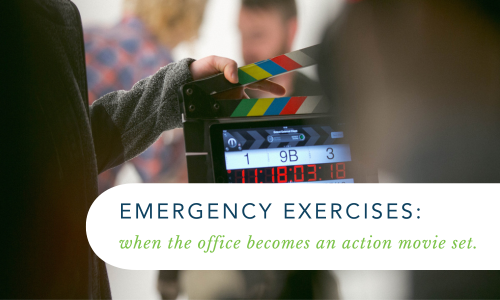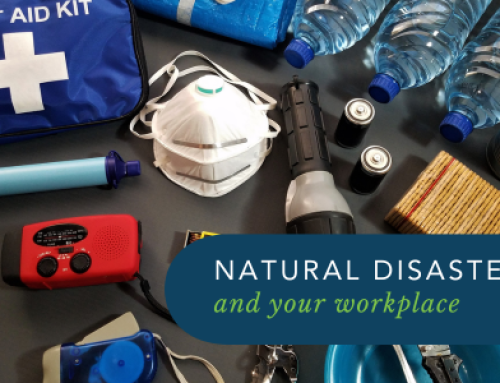Emergency Exercises: When the Office Becomes an Action Movie Set
What are emergency exercises?
An exercise represents a structured, goal-oriented endeavour employed to assess, refine, or test processes and competencies. Emergency Exercises may range from a basic discussion within a planning team regarding an emergency plan to a highly intricate, multi-agency event encompassing multiple organisations and participants.
Why conduct an emergency exercise?
Conducting emergency exercises is essential for several important reasons:
Assessment of Preparedness: Emergency exercises help assess an organisation’s or community’s preparedness for a wide range of emergencies and disasters. By simulating real-life scenarios, you can gauge how well your systems, plans, procedures, and personnel are equipped to handle different situations.
Identify Opportunities for Improvement: Exercises reveal opportunities for improvement and gaps in emergency response plans and procedures. This allows for targeted improvements to be made before a real emergency occurs. Identifying issues in a controlled environment is much safer and less costly than during an actual crisis.
Training and Familiarisation: Emergency exercises provide an opportunity for personnel to become familiar with their roles and responsibilities during emergencies. They can practice using equipment, communication systems, and other resources, which helps build confidence and competence. The familiarisation extends to enhancing the occupants and ECO members’ knowledge of where equipment and resources are located that may need to be used in an emergency response.
Team Building: Collaboration and coordination are critical during emergencies, especially when multiple agencies or organisations are involved. Exercises promote teamwork and enhance inter- agency communication and cooperation. Participants learn how to work together effectively under pressure.
Risk Reduction: Regular exercises can lead to a reduction in overall risk. When responders and decision-makers are well-prepared, they are more likely to make sound decisions and take appropriate actions, which can mitigate the impact of an emergency and save lives.
Public Confidence: Demonstrating that you have a well-structured emergency response plan and conducting regular exercises can boost public confidence. People are more likely to trust and cooperate with authorities and organisations that are well-prepared for emergencies.
Legal and Regulatory Requirements: Many jurisdictions, industries, and organisations are required by law or regulations to conduct emergency exercises. Failure to comply with these requirements can result in legal consequences, fines, or loss of accreditation.
Continuous Improvement: Through the analysis of exercise results and after-action reports, organisations can make data-driven decisions to continually improve their emergency plans and procedures. This process of iterative improvement enhances overall resilience.
Adaptation to Changing Risks: As new risks and threats emerge; emergency exercises can be adapted to address these evolving challenges. This ensures that emergency preparedness remains relevant and effective over time.
In summary, emergency exercises are a vital component of emergency preparedness and response. They help organisations and communities identify and rectify weaknesses, enhance readiness, and ultimately save lives and reduce the impact of disasters and emergencies.
Contact Workplace Emergency Management today for a free consultation to discuss how we can help your organisation to develop an emergency exercise program tailored to your business.
GET IN TOUCH
Are you ready for peace of mind that your workforce is as safe and prepared as possible?
With a dedicated team of staff ready to help you meet compliance requirements and improve the overall safety of your workplace, all you need to do is get in touch.
Request your free audit today!



